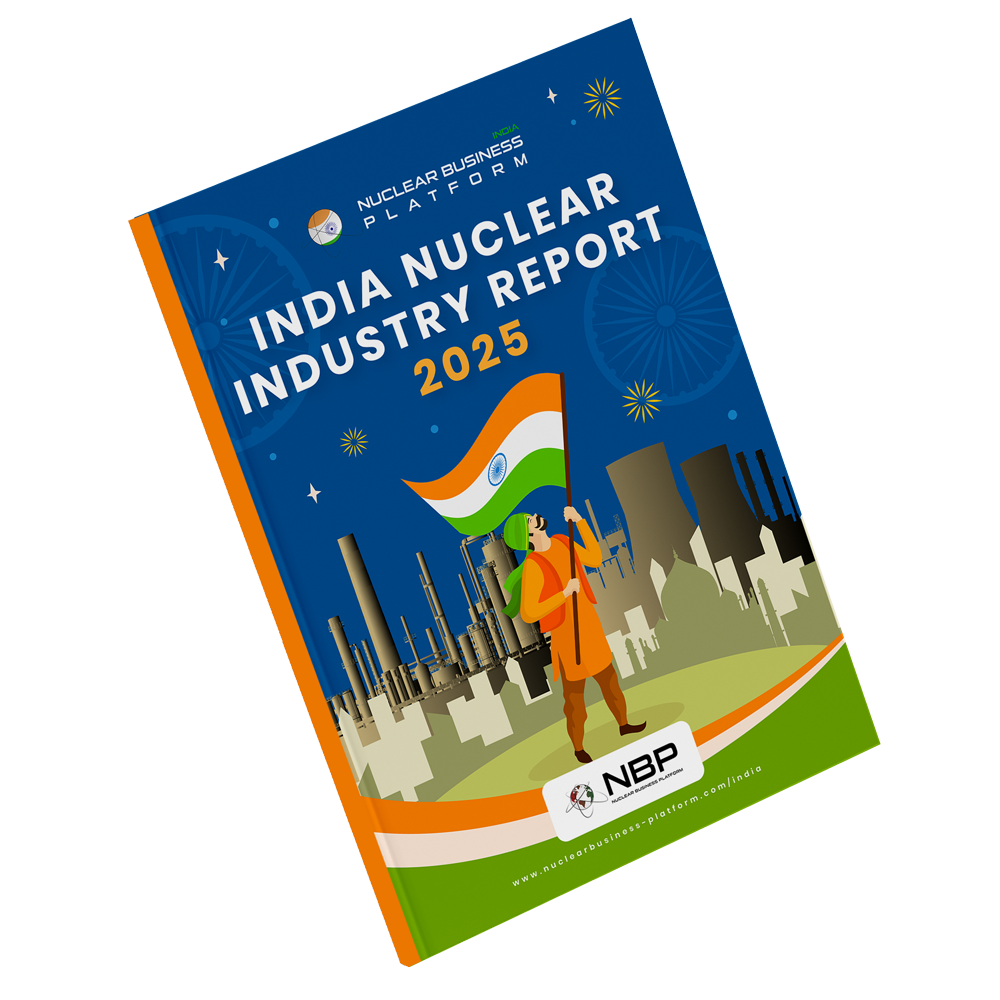India’s Nuclear Multi-Alignment Strategy: A $100 Billion Opportunity for Global Investors
India is moving toward the goal of achieving 100 GW of nuclear power capacity by 2047 as part of its broader plan to strengthen energy security, support economic growth, and reduce carbon emissions. The country is adopting a multi-alignment foreign policy to build international partnerships while maintaining strategic autonomy. Recent policy shifts and the opening of the nuclear sector to private and foreign investment reflect a clear move toward greater collaboration. These developments position India as a key player in the global nuclear industry and create significant opportunities for foreign stakeholders in a rapidly expanding market.
Multi-Alignment: A Strategic Realignment
India’s shift from non-alignment to multi-alignment marks a deliberate recalibration of its global posture. Rather than remaining neutral, India today actively cultivates a wide spectrum of partnerships while safeguarding its strategic autonomy. Nowhere is this approach more evident than in its nuclear sector.
Russia remains a long-standing partner, with the Kudankulam Nuclear Power Plant—a project involving six VVER-1000 reactors—standing as a powerful symbol of sustained cooperation. France’s contribution through the Jaitapur Nuclear Power Project, hosting six European Pressurized Reactors (EPRs), reflects India’s engagement with Western nuclear leaders. The United States, following the landmark 2008 Civil Nuclear Agreement, has strengthened its support through recent policy easing. Meanwhile, uranium supply deals with Canada and Australia have bolstered India’s fuel security.
Across Asia, Japan and South Korea bring their advanced technologies to the table. The 2016 India-Japan Civil Nuclear Agreement and South Korea’s long-standing cooperation with India are helping shape a more diverse and resilient nuclear infrastructure. More recently, an agreement between NPCIL and the Emirates Nuclear Energy Corporation (ENEC) has extended India’s partnerships into the Middle East, signaling a truly global footprint.
Together, these diverse ties reflect India’s multi-alignment in action—enabling it to avoid over-reliance on any single country while drawing upon a rich pool of global expertise.
Building Capacity: From Vision to Reality
India’s nuclear ambitions are driven by twin imperatives: the need to meet fast-rising energy demands and the commitment to a low-carbon future. With 24 reactors generating 8,880 MW, the country has set its sights on reaching 22,480 MW by 2031—and scaling up to a formidable 100 GW by 2047.
The government’s 2025–26 Union Budget introduced the Nuclear Energy Mission, backed by a ₹20,000 crore outlay to support the development of Bharat Small Reactors (BSRs). These 220 MW Pressurized Heavy Water Reactors are compact, scalable, and ideal for replacing outdated coal plants, especially in remote regions. In parallel, the Bhabha Atomic Research Centre (BARC) is advancing new reactor technologies, such as high-temperature gas-cooled and molten salt reactors, with an eye on India’s abundant thorium reserves.
India’s prototype fast breeder reactor (PFBR), under construction in Kalpakkam, exemplifies the potential of the country’s three-stage nuclear program. As a reactor that generates more fuel than it consumes, the PFBR marks a critical milestone toward long-term fuel sustainability.
Policy Reforms and a Market Opening
Behind the technological strides is a changing regulatory and investment environment. The government is proposing key amendments to the Atomic Energy Act of 1962 and the Civil Liability for Nuclear Damage Act of 2010, designed to attract greater private and foreign participation. One of the most significant developments under consideration, as reported in April 2025, is a proposal to allow foreign companies to hold up to 49% stakes in nuclear power projects, pending government approval.
To complement this shift, the Indian Nuclear Insurance Pool (INIP) has been established to manage liability concerns—creating a more secure and transparent playing field for global stakeholders. Together, these changes signal that India’s nuclear sector is no longer a closed state monopoly, but a $100 billion frontier open to serious international engagement.
Deepening Global Collaborations
Major global players are already responding. Russia’s Rosatom has proposed deploying floating nuclear power plants and Small Modular Reactors (SMRs) in India—solutions well suited to the country’s diverse geography. France’s EDF remains deeply involved in Jaitapur while also exploring collaboration on SMRs and research reactors like the Jules Horowitz facility. The United States, too, is stepping up its role. The Department of Energy has authorized Holtec International to transfer SMR technology to Indian firms such as Larsen & Toubro and Tata Consulting Engineers, enabling deeper technological exchange.
These engagements are not just about trade; they are shaping the next generation of India's nuclear ecosystem—where international know-how merges with local manufacturing and deployment.
A New Model of Public-Private Synergy
At home, India is embracing Public-Private Partnerships (PPPs) to accelerate its nuclear ambitions. Collaborations between NPCIL and companies such as NTPC, Indian Oil Corporation, and the Naveen Jindal Group are helping reduce the financial burden on the state while injecting agility and innovation into the sector.
Foreign companies can tap into these joint ventures not just as suppliers but as co-creators—bringing in advanced equipment, sharing technology, and participating across the fuel cycle. Platforms like the Global Centre for Nuclear Energy Partnership (GCNEP) are further enabling international cooperation in research, safety, and sustainability.
Looking Ahead: A Strategic and Sustainable Future
India’s nuclear story is no longer confined to domestic innovation or legacy partnerships—it is now part of a broader narrative of global engagement, regulatory modernization, and economic ambition. As India advances toward 2047, nuclear energy is expected to play an instrumental role not only in reducing carbon emissions and meeting energy demands but also in reinforcing its geopolitical standing and industrial capacity.
The upcoming India Nuclear Business Platform (INBP) 2025, to be held in Mumbai this October, underscores the momentum building around this vision. This high-level gathering will bring together policymakers, global corporations, financiers, and technology providers to engage with India’s evolving nuclear market.
For international stakeholders, the message is clear: India is not just developing nuclear power—it is shaping the future of nuclear collaboration. With strong institutional frameworks, open investment policies, and a vast energy market, India’s nuclear multi-alignment strategy offers a compelling model of how sovereign energy goals can align with global opportunities.



